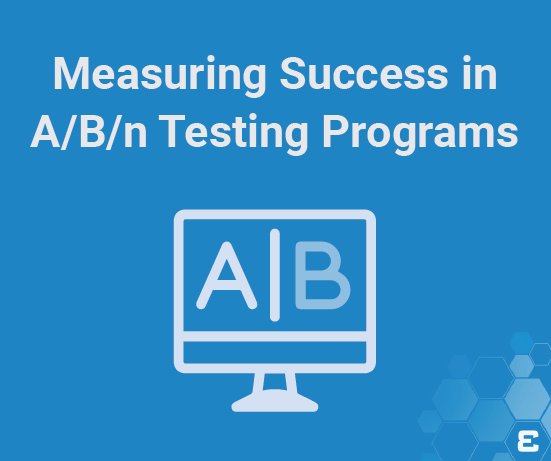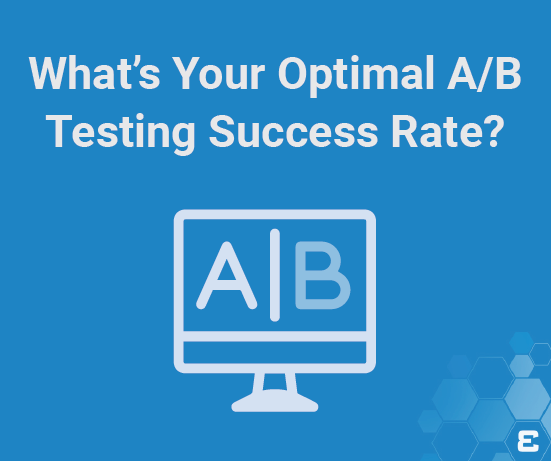As a company, Evolytics is committed to ending racism in our living and learning environments. From student mentorships, to book clubs, to company discussions we are acting to promote diversity and anti-racism. As we strive to better educate ourselves on racial injustice in the United States, it’s important to note the disparities that make racial equity difficult.
The compounding effects of social inequalities create deeper economic inequalities. How big are the economic inequalities? Based on 2016 data from the Federal Reserve Board Survey of Consumer Finances, we see the following racial disparity in net worth between black and white households.
The median net worth is over 10x higher in white households than black households. As a thought experiment, if we were to give every black household in the country $100,000 the racial wealth gap would still persist. Why is the disparity so big? Let’s dig into some of the contributing factors.
How Does Education Affect Net Worth?
One common hypothesis is that differences in educational attainment between races explains the large wealth gap. Since education correlates with several factors like higher earnings and better employment opportunities, more educated groups are better positioned to accumulate wealth.
Under this assumption, after controlling for education levels, we should expect minor variations in net worth between races in a truly equal society. I built the following dashboard to dig deeper into this data.
From the graph, we see clearly that increasing education provides a higher net worth for all families. However, even after adjusting for education, the racial wealth gap persists. As surprising as it sounds, black college graduates hold a lower net worth than white individuals who did not finish high school.
While education leads to better household economic outcomes, the impact is limited for families with a black head of household. Educational attainment alone is insufficient to fix the racial wealth gap.
How Does Employment Status Affect Net Worth?
We also must control for different factors that could potentially explain race-based differences in net worth. The second tab in the dashboard has breakdowns to adjust for employment status, income, age, and marital status.
From the graph above we see that households with an unemployed white head of household have a 5x higher net worth than black households working full time.
During the summer of 2020, Congress passed a stimulus package that provided an additional $600 unemployment benefit in the pandemic stimulus package. For Americans who were able to qualify, the additional benefit is highly beneficial. An extra $600 per week is 50% of the net worth for many American families.
Hard work alone will not eradicate wealth disparities.
How Does Combining Marriage and Education Affect Net Worth?
One of the most popular arguments for disparate black social outcomes is connecting them to low marriage rates and high fatherless rates. The theory suggests that focusing on family will create conditions that yield positive outcomes.
Since growing up in two-parent households correlates with higher graduation rates, lower incidences of juvenile delinquency, and improved emotional well being, positive social outcomes should be easier to achieve in such a household. This belief suggests one can more easily avoid poverty by finishing education, marrying, and obtaining employment.
Here we look at the supposed most economically secure family structure, Married Households with Bachelor’s Degree, broken down by Age.
Most 20-29 year olds begin with relatively small amounts of wealth that grow over time. For White households, we see wealth increase as experiences compound into higher levels of net worth by age. It is possible differences in family circumstances such as inheritance, assistance purchasing vehicles, securing down payments for homes, education, stronger support networks, and preparing for their retirement years (look at this for more information) by putting money aside can explain this.
For black families the economic payoff to being married and college-educated occurs after 50 years of age. From ages 20 to 40 however, the combined costs of children, house purchases, and education negatively impacts median wealth during top earning years.
Thankfully, we see positive benefits with age. However, this is not the Stanford Marshmallow Experiment where children get a second marshmallow after 30 seconds of displaying patience. Black families can wait decades for a payoff that also depends on external factors like the housing market, public health pandemic response, and the greater economy. The periods from 20-49 aren’t necessarily marred by poverty, homlessness, lack of food, or lack of other resources, but we do acknowledge that on average, even married, educated black families face lower levels of net worth for decades before a substantial payoff is realized when compared to their white contemporaries.
Conclusion
We find that controlling for other factors like education and marital status help decrease disparities in racial wealth, but the decreases are not enough to truly close the gap.
The biggest drivers of the racial wealth gap are the difference in initial starting position plus the cumulative effects of compounding advantages or disadvantages over time. If you want to help close the racial wealth gap, support policies that promote equal opportunity for all people.
Related Data Stories Blog Posts
Data stories from the experts.

Measuring Success in A/B/n Testing Programs
The Whole is Greater than the Sum of its Parts The results of your latest A/B/n test are in-hand, they’re…
 Increasing revenue seems relatively easy in a growing economy and roaring stock market. Amid ideal market conditions, consumers and businesses…
Increasing revenue seems relatively easy in a growing economy and roaring stock market. Amid ideal market conditions, consumers and businesses…


